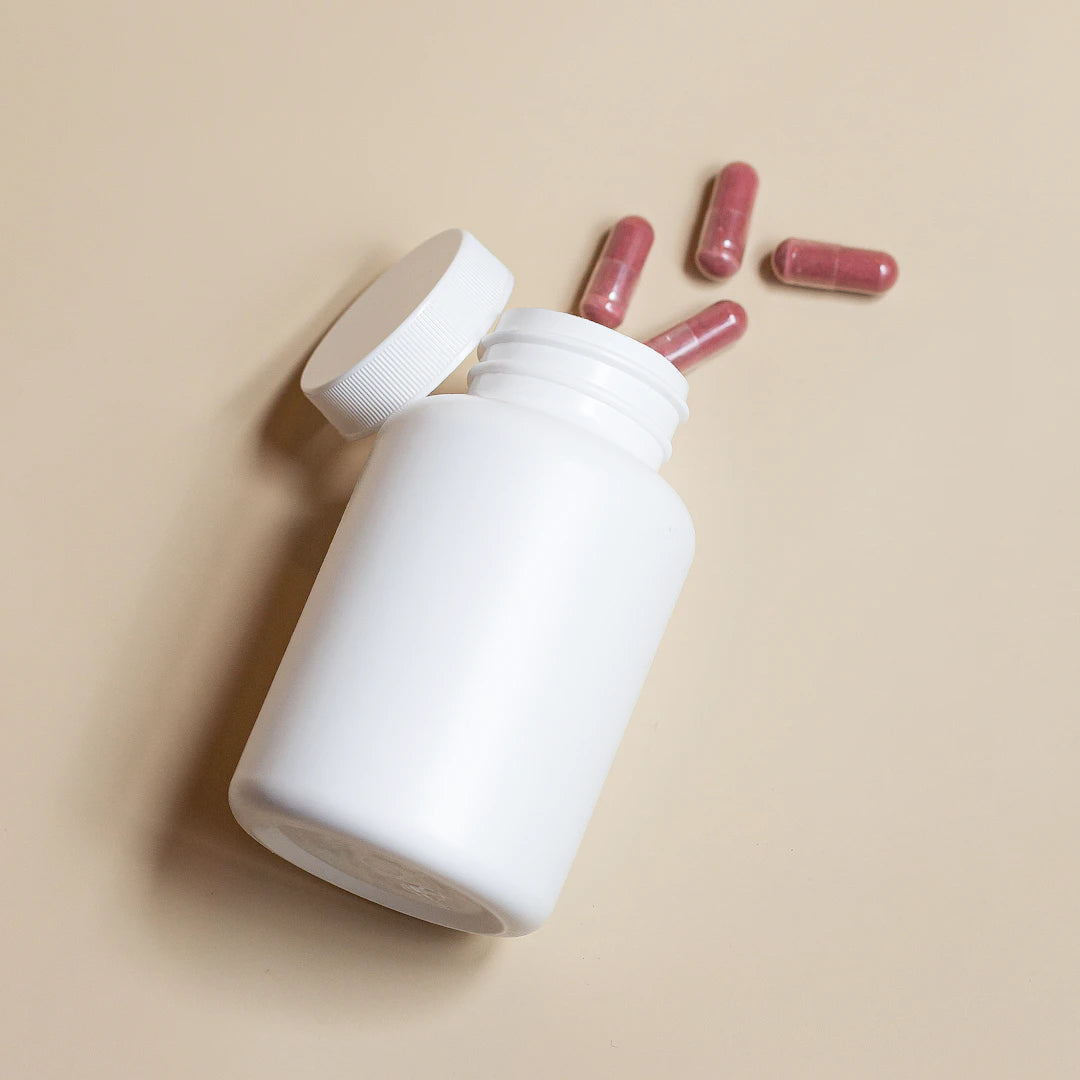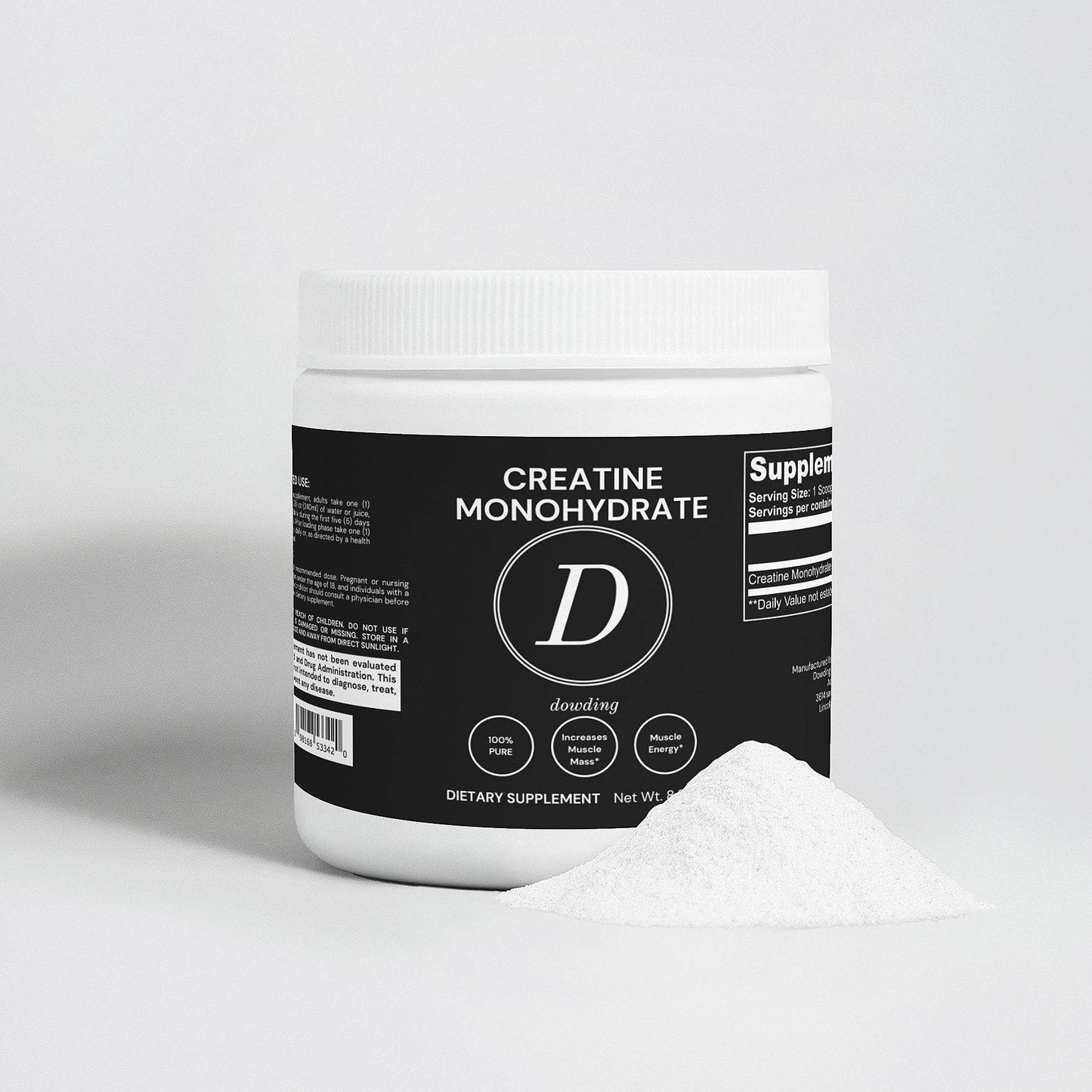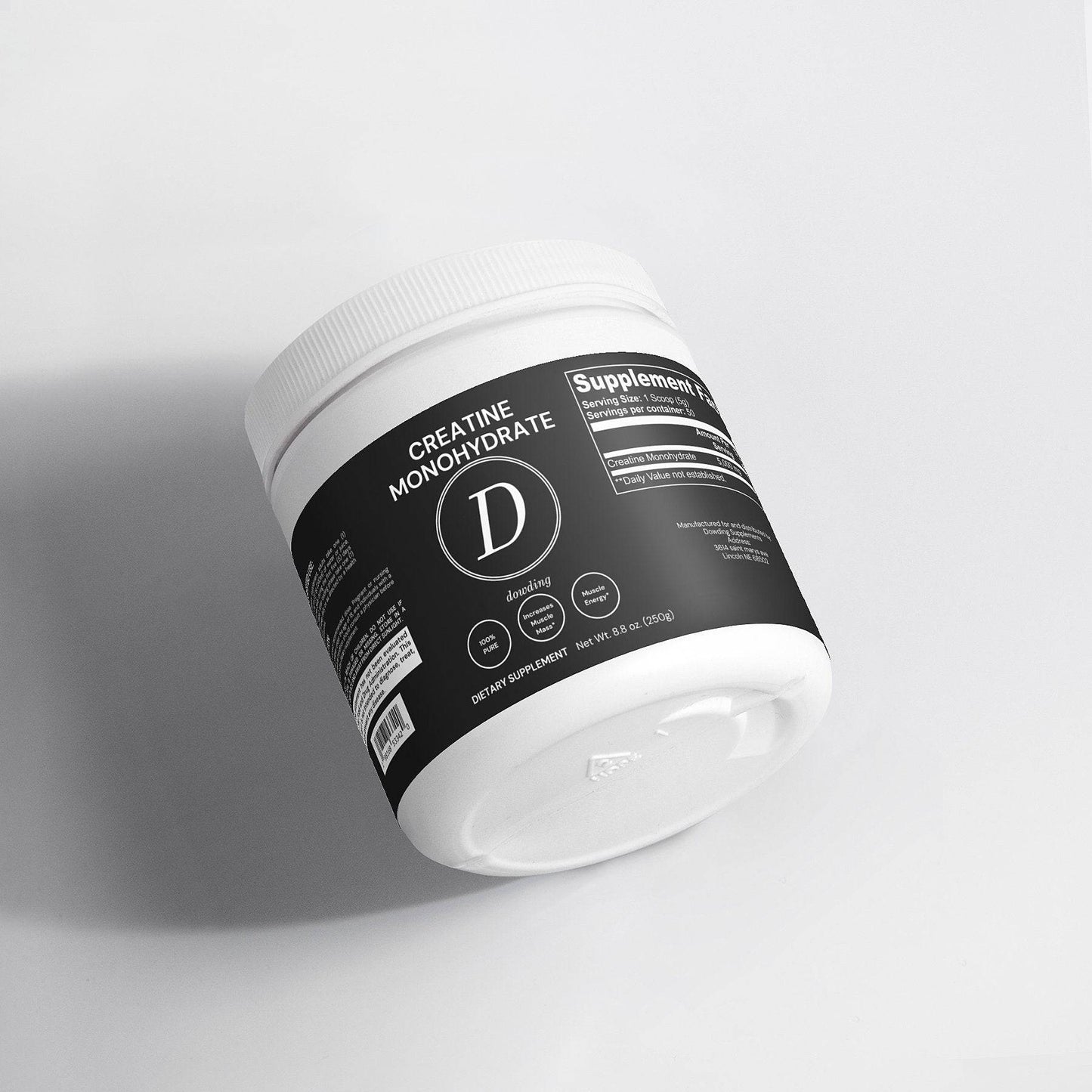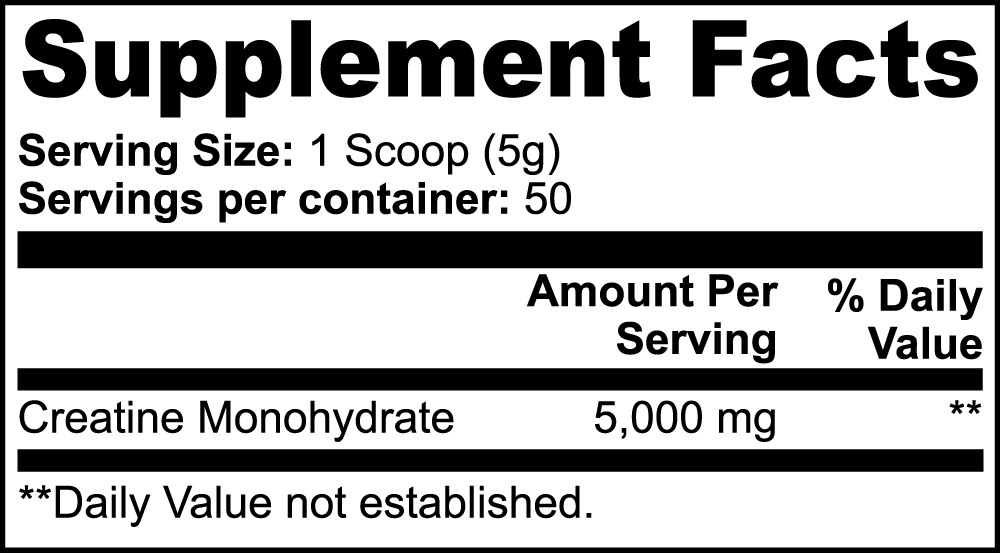
Maximize Your Gains: Incorporating Creatine Monohydrate
Frequently Asked Questions
1. What is creatine monohydrate?
2. How should I incorporate creatine monohydrate into my diet?
3. What is the recommended dosage for creatine monohydrate?
4. Is creatine safe to use?
5. How long does it take to see results from creatine?
In the world of fitness and bodybuilding, one supplement stands out for its impressive ability to enhance performance—creatine monohydrate. This powerhouse nutrient not only supports muscle growth but also aids in improving recovery times and increasing overall strength. However, if you're new to the world of creatine, you might be wondering how to incorporate it into your diet effectively. In this guide, we'll delve into the best practices for incorporating creatine monohydrate into your routine, while also looking at ideal dosages and timing for maximum benefits.
The Science Behind Creatine Monohydrate
Before jumping into how to use creatine monohydrate in your diet, it’s important to understand what it is and how it works. Creatine is a naturally occurring compound found in small amounts in foods such as meat and fish. In the body, it converts to phosphocreatine, which helps replenish adenosine triphosphate (ATP), your body’s primary energy carrier. This replenishment is critical during high-intensity training sessions where quick bursts of energy are needed.
Understanding Creatine Monohydrate Dosage
When incorporating creatine into your diet, dosage is a fundamental aspect to consider. The typical creatine monohydrate dosage can vary based on individual goals, body weight, and level of training. Here’s a simple break down:
Loading Phase
The loading phase is not mandatory but can help saturate your muscles faster. During the loading phase, many individuals take about 20 grams of creatine per day, divided into four doses of 5 grams each, for about 5 to 7 days. This approach can help achieve muscle saturation more quickly, often leading to faster results in strength and size.
Maintenance Phase
After the loading phase, you’ll transition to the maintenance dose. For most individuals, a daily intake of 3-5 grams is sufficient to maintain elevated creatine levels in the muscle. This lower dose still provides the benefits of improved performance, recovery, and muscle growth without the bloating some people might experience during the loading phase.
How to Incorporate Creatine Monohydrate in Your Diet
Incorporating creatine monohydrate can be done seamlessly with a few tips and tricks. Here’s how:
Mixing with Beverages
One of the simplest ways to consume creatine monohydrate is by mixing it with your favorite beverages. Some popular options include:
- Water: Just mix one scoop of creatine monohydrate with a glass of water for instant hydration.
- Protein Shakes: Blend it into your post-workout protein shake for an easy, tasty way to consume both protein and creatine.
- Juice: Mixing creatine with fruit juice can help improve its absorption due to the carbohydrate content.
Incorporate into Meals
If you prefer not to take supplements in liquid form, you can incorporate creatine monohydrate into your meals. Some easy methods include:
- Oatmeal: Stir a scoop into your morning oatmeal for added energy.
- Yogurt: Mix creatine into yogurt, adding some fruit for flavor.
- Cooking: You can add it to recipes, such as smoothies or pancakes, without significantly altering the taste.
Timing is Everything
Timing your creatine intake can also play a role in its effectiveness. Many athletes and bodybuilders prefer to take creatine close to their workout sessions. Here’s a breakdown of effective timing:
- Pre-Workout: Taking creatine about 30 minutes before your workout can provide a performance boost.
- Post-Workout: Consuming creatine after your workout can help with recovery and muscle replenishment.
- Consistency: Regardless of timing, daily consistency is key. Make sure to take your creatine at the same time each day for best results.
Hydration: A Crucial Consideration
During creatine supplementation, hydration is of utmost importance. Creatine draws water into your muscles, which enhances performance but can also lead to dehydration if you don’t drink enough fluids. Aim to drink at least 8-10 glasses of water daily to stay hydrated, especially when engaging in intense workouts. While on creatine, listen to your body and adjust your fluid intake accordingly.
Combining Creatine with Other Supplements
Creatine monohydrate can be effectively combined with several other dietary supplements to enhance your workout results:
- Protein Supplements: Pairing creatine with protein supplements can amplify muscle growth and recovery.
- BCAAs: Branched-chain amino acids (BCAAs) can further support muscle repair when taken alongside creatine.
- Beta-Alanine: This combination may enhance endurance and performance during high-intensity workouts.
Who Should Use Creatine Monohydrate?
Creatine monohydrate is beneficial for various populations, including:
- Athletes: Individuals engaged in sports, particularly those who require bursts of energy or strength.
- Bodybuilders: Those seeking muscle growth and recovery improvements.
- Active Individuals: People looking to enhance their overall physical performance and endurance.
However, it’s always a good idea to consult with a healthcare professional before initiating any new supplement regimen to ensure safety and appropriateness for your specific health conditions.
Side Effects and Considerations
Like any supplement, creatine monohydrate does come with potential side effects, though they are generally mild. Here are some things to be aware of:
- Water Retention: This is the most common side effect, leading to weight gain due to increased water in the muscles.
- Gastrointestinal Distress: Some people may experience stomach discomfort, especially if taking higher dosages at once.
- Kidney Function: Though research shows that creatine is safe for healthy individuals, those with pre-existing kidney issues should exercise caution.
Frequently Asked Questions about Creatine
Understanding creatine monohydrate better can remove doubts and elevate your fitness journey. Here are answers to some frequently asked questions:
Can Creatine Help with Weight Loss?
While creatine is not a weight loss supplement, it is designed primarily for muscle gain. However, building muscle can potentially increase metabolic rate, contributing to fat loss in the long term.
Is Creatine Safe to Use?
For most healthy individuals, creatine is safe and well-tolerated. Stay within the recommended dosage, and ensure proper hydration for optimal results.
How Long Does It Take to See Results from Creatine?
Results can vary. Some users note improvements in performance and recovery within the first week, particularly if following a loading phase. Others may take longer, depending on training intensity and individual response.
Unlocking Your Full Potential
Incorporating creatine monohydrate into your diet is a powerful tool to support your fitness goals. By understanding proper dosages, effective methods of consumption, and the importance of hydration, you can maximize the benefits of this impressive supplement. Remember to listen to your body, maintain a consistent routine, and stay informed about your nutritional choices. By doing so, you’ll be well on your way to unlocking your full potential in the gym and beyond!





